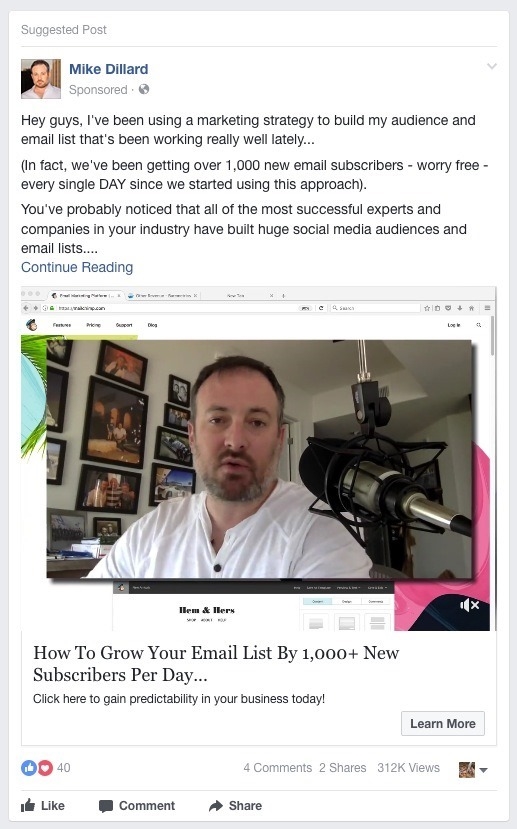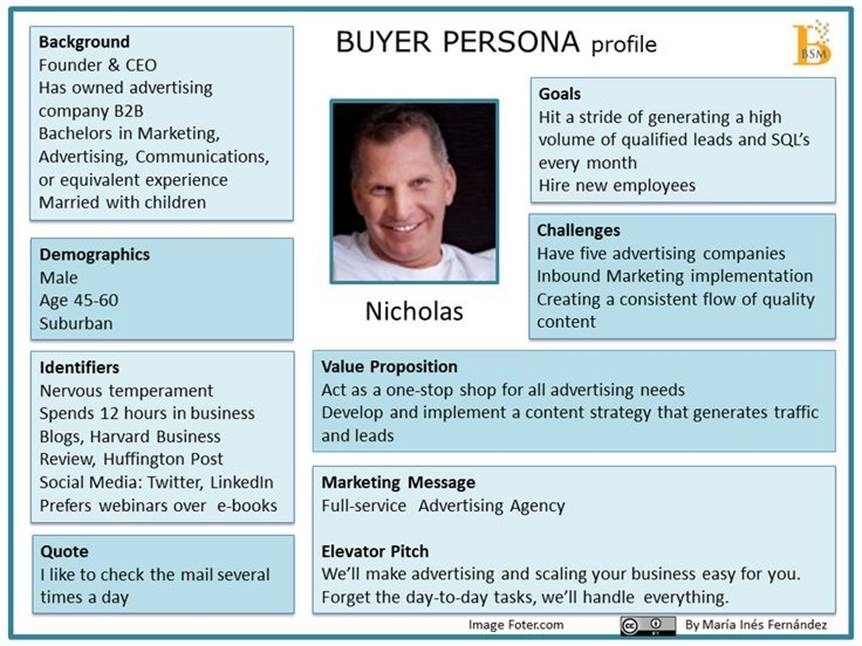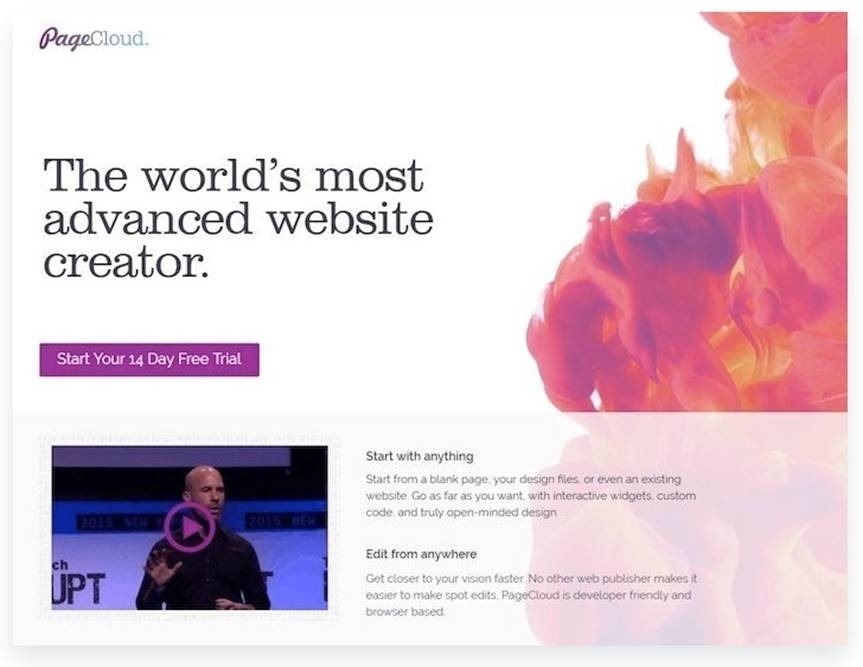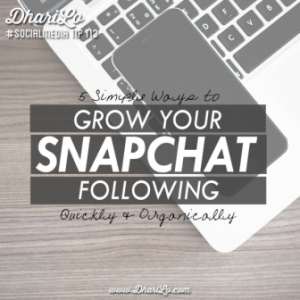Video marketing can be intimidating. Not only do you need to be able to create professional-grade content, but you also need to distribute this content effectively throughout your audience. If you aren’t able to capitalize on your video, it can be wasted money — but without video marketing, you can’t catch up to the competition. How can you make sure your first video marketing campaign is a success?

1. Don’t Skimp On The Equipment
It is a hundred times easier to record something properly than to try to modify a recording in post. A high quality microphone is going to be able to get all of your audio in a single take. A low quality microphone is going to need to be passed through multiple filters and boosted — and it may never sound as it should. If you can’t afford to purchase audiovisual equipment for your business, you may still be able to rent it. In fact, renting audio/video equipment can lead to getting more expensive equipment than you could otherwise afford.

Many people will find that their own smartphones are enough for shooting short, live videos, or other vignettes — but that doesn’t make them the right tool for more involved and evolved video marketing strategies. For polished, professional video, you may want to consider consulting with a video production agency.
2. Use Your Social Media
From Facebook to blogging, your social media accounts are going to be the easiest way to reach your major demographics. Leading up to your video marketing campaign, you should make sure to engage your current followers and let them know what’s coming. Post your videos directly to social media, promote them through paid advertising, and share them with groups and discussions that you feel are relevant.

Once your video is complete, it should be posted to as many venues as possible. Your video’s reach depends highly upon the platforms on which it is distribute, as different platforms carry with them different demographics. Instagram has a lower age range than Facebook, while Facebook has a tendency to have higher-educated uses overall. These things will factor into your social media efforts and targeted audience demographics.
On each social media platform, you should be aware of how videos are often found and distributed. Search engine optimization isn’t just a necessity for platforms such as Google: SEO ad keywords also control how videos are seen and discovered on YouTube. Likewise, videos are more likely to be viewed in other areas of the web if they are tagged appropriately.
3. Invest In A Script
Scriptwriting for a video marketing campaign is substantially different from other types of writing. Not only does the writing have to be clear and concise, but it also has to flow well and be easy to listen to. A professional scriptwriter will be able to go over the information that you want to convey, paring it down to the most important aspects and developing a video that conveys your message.

Give your scriptwriter the key points you want to hit, your audience, and your brand identity and tone. Your scriptwriter can handle the rest.
4. Analyze Your Buyer Personas
Which customer demographics do you want to reach? Analyzing your buyer personas will give you more information about your video audience, which will in turn give you more direction regarding the types of video content you want to produce, in addition to the tone of the videos and the production itself. Investigate your core demographics and find out more information about the age, gender, profession, and hobby of the customers that you wish to speak to. All of this will inform the rest of your marketing strategies.

When considering your buyer personas, you should also consider their buyer journey. A buyer journey is the process that a buyer goes through when they’re investigating a new purchase. It can begin by looking up the products that they’re interested in, lead to finding out more information about the brands and comparison shopping, and then ultimately end at committing to buying a product. The best marketing strategies support the buyer through this journey, by uncovering what the buyer needs at each step and providing the content that they’re most interested in. By the time they’re ready to commit, they’re already familiar with your business.
5. Fully Integrate Your Campaign
Your video marketing campaign should be well integrated into all aspects of the rest of your marketing strategy. Videos should tie into websites and social media accounts, while social media accounts and websites should be pointing their followers to your video. Email newsletters, PPC campaigns, and content marketing can all tie together to create a robust, comprehensive advertising strategy, which will ultimately lead to more engagement in your video marketing campaign.

The more well integrated your campaign is, the more likely you are to pull in customers from all demographics. You will also engage with your customers more often on different channels, which improves the likelihood they will do business with your company.
6. Use Different Types Of Video
Explainer videos, product videos, brand awareness videos, and live videos — all of these are examples of videos that have a place within a video marketing campaign. Video marketing campaigns need to have a broad spectrum of videos, in order to increase reach. Some of your customers may be looking for information about specific products, while others may be looking for general information about your company and its inventory. By providing a wide breadth of information, you can encourage customers to come to you.
7. Keep It Short And Sweet
Video marketing is highly engaging in part because it is able to transfer a large amount of information all at once. Nevertheless, you want to keep your video marketing as short and to the point as possible. Most customers aren’t going to watch a lengthy video; they want a video that is a few minutes long at most. This is also important in terms of budget and development: there’s no point in budgeting for a 10-minute video when a 2-minute video would do.
Editing is an important part of video marketing as it removes anything unnecessary for your videos, keeping them as short as possible. Many videos have a clear call to action at the end; if a customer stops watching the video early on, they will never get to that point.
8. Tell A Story And Relate To Your Customers One-on-one
One of the things that make video so successful and impactful is that it is a highly personal medium. When customers are able to watch others discuss a product or use a product, there’s an increased sense of authority. Customers can relate to those who are in your videos and may find themselves feeling more confident about your business, your products, and your service.
Show the people who are involved in your business and have them discuss what makes your products and services special. Have them speak directly to your buyer personas, in a way that will build authority and trust. If you can, tell the story of your brand and your mission statement in “behind the scenes” videos; this will give your customers more insights into what makes your brand special and what drives your company’s culture.
The more a customer knows about your brand and your brand identity, the more likely they are to want to engage with your brand, products, and services. This is as true in B2B sales as it is in B2C sales; in fact, customers in the B2B arena often spend even more time looking into company culture and company history than B2C customers, especially when making major purchases.
9. Try To Be Interactive
Interactive videos are engaging videos. You don’t need to create a video that is inherently interactive, but you can still interact with your audience regarding the video. Prompt them within the video to comment with their thoughts, or ask them a specific question regarding the content of your video — such as what their opinion is regarding topics that have been raised.
The more a customer interacts with your brand, its presence, and its video marketing campaign, the more attached they will grow to your business. The more attached they are to your business, the more likely they are to invest in it, and to ultimately make a purchase. Try to post polls, ask for opinions, and directly respond to any comments that customers leave.
A video marketing campaign isn’t “set it and forget it.” One of the advantages of distributing videos on social media is that your followers will then react to those videos. Responding to these customers is a great way to build up camaraderie and to foster healthy customer relationships over time.
10. Always Include A Call To Action
What is it that you want customers to do once they’re done watching your video? Do you want them to purchase a product? Take a look at your store site? Sign up for your newsletter? Regardless of what your call to action is, it’s important to have a very clear call to action at the end of your video marketing content. Customers should know exactly what the next step of the process is, and how they will benefit from the completion of that process.
The ideal call to action is short and direct, outlining a single action that the customer needs to take, such as calling the company, downloading a brochure, or scheduling an appointment online.
Remember: people find video the most engaging type of media. If you produce a solid, professional video, it’s very likely that your audience is going to want to watch it and engage with you. It’s only a matter of time before the campaign itself begins to pay off.
If you aren’t able to capitalize on your video, it can be wasted money — but without video marketing, you can’t catch up to the competition. How can you make sure your first video marketing campaign is a success? Read more…
The post 10 Tips To Make Your First Video Marketing Campaign A Success appeared first on Search Engine People Blog.
(91)
Report Post











